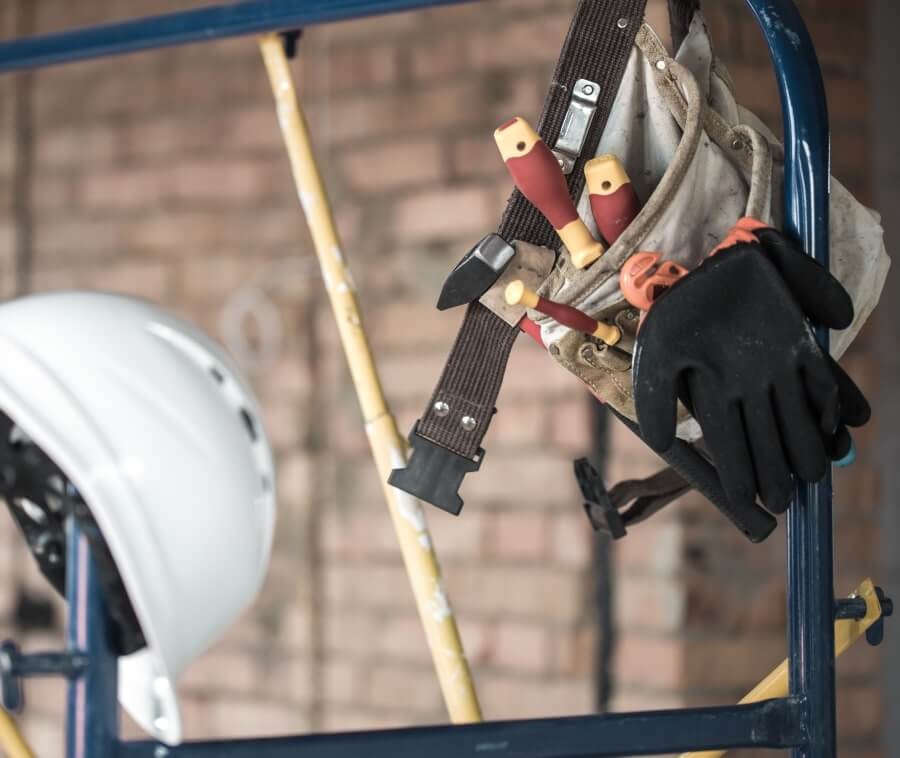Water damage can be a nightmare for any property owner. Whether it’s caused by a burst pipe, a leaking roof, or a natural disaster, water damage can wreak havoc on your space and belongings. Besides the immediate damage it causes, water can also lead to long-term problems like mold growth and structural damage if left untreated.
Fortunately, water damage restoration professionals are here to help. In this blog post, we will explore the importance of restoration and the process involved in restoring your space to its former glory.
The Importance of Water Damage Restoration
Water damage can have far-reaching impacts on your property and health if not addressed promptly and effectively. Here are some reasons why water damaging restoration is crucial:
Prevents Further Damage
When water infiltrates your home or business, it continues to cause damage until it is properly removed and dried. The longer you wait to address water damaging, the more extensive the damage becomes. Water can seep into walls, floors, and furniture, compromising their structural integrity and leading to costly repairs or replacements.
Mitigates Mold Growth
Mold thrives in damp and humid environments, making water-damaged spaces an ideal breeding ground. Mold not only damages your property further but can also pose serious health risks. By taking immediate action and properly drying the affected area, you can help prevent mold growth and its associated health hazards.
Protects Your Health
Floodwater often contains contaminants, such as bacteria, viruses, and chemicals, which can pose a threat to your health. Water damaging restoration professionals have the necessary equipment and expertise to identify and safely remove these hazards, ensuring a clean and healthy living or working environment.
The Water Damaging Restoration Process
Water damage restoration involves various steps to thoroughly dry and restore your space. Here is an overview of the typical process:
Assessment and Inspection: Professionals will assess the extent of the water damage, identifying affected areas and determining the best restoration plan.
Water Extraction: Using pumps and vacuums, excess water is promptly removed from the premises.
Drying and Dehumidification: Powerful drying equipment is employed to remove moisture from surfaces, furniture, and the air. Dehumidifiers help regulate humidity levels, preventing further damage and mold growth.
Cleaning and Sanitization: Affected materials and surfaces are thoroughly cleaned and sanitized to remove contaminants and inhibit mold growth.
Restoration: Depending on the severity of the damage, restoration may involve minor repairs, such as replacing drywall or repainting, or significant reconstruction work.Hiring the Right Professionals
When faced with water damage, it’s crucial to hire a reputable and experienced water damage restoration company. Look for a company that offers emergency services, has a proven track record, and is certified by industry organizations like the Institute of Inspection, Cleaning, and Restoration Certification (IICRC).
Remember, restoration should begin as soon as possible to minimize damage and ensure the safety of your property and those residing or working within it.
Conclusion
Water damage restoration is a complex and time-sensitive process that requires professional expertise. By promptly addressing water damage and hiring experienced professionals, you can save your property from further damage, mitigate health risks, and restore your space to its former glory. Don’t let water damage dampen your spirits – take action and restore your space today!
Remember to consult your local water damage restoration professionals for personalized advice and assistance based on your specific situation. Stay safe, and protect your investment!







